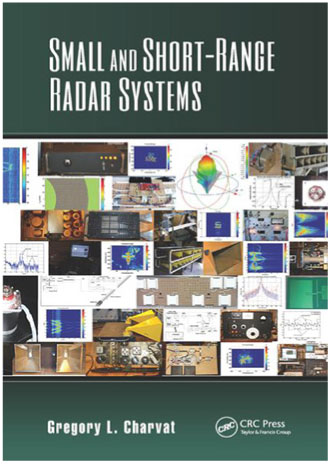
Although the majority of radar systems – for applications such as air traffic control, maritime navigation and military surveillance – are designed to detect and track targets at long range, there is an important class of radars that work at much shorter ranges. These are becoming more and more attractive for applications that include radar imaging from drone platforms, automotive radar (for collision avoidance and autonomous operation) and through-wall radar. This book therefore fills an important niche. Its author is well-qualified to write such a book, with a wide experience both in academic and industry research and development, as well as in amateur radio.
The author’s background gives the book a strong practical approach, though not at the expense of rigour. It includes plenty of practical designs and examples of results, encouraging the reader to build and test the designs. It is organised in ten chapters: Chapter 1 covers the basics of radar; Chapters 2 and 3 describe Continuous Wave (CW) and Frequency-Modulated Continuous Wave (FMCW) radars; Chapter 4 covers Synthetic Aperture Radar (SAR) imaging; Chapters 5, 6 and 7 treat, respectively, small SAR systems, phased array radar and ultrawideband (UWB) impulse radar; Chapters 8, 9 and 10 cover different applications of short-range radars – police Doppler and motion sensors, automotive radar and through-wall radars. Authors from General Motors contributed to Chapter 9, thus ensuring that it is up-to-date and relevant.
A supporting website provides MATLAB® simulation scripts and video demonstrations and every encouragement to contact the author to provide feedback and to ask questions.
In summary, this is a rather unusual and attractive book that can be confidently recommended. It may be of particular value in the design of laboratory exercises for undergraduate and masters-level students, but also to those in academia and industry who research and develop radars in these new and increasingly important domains.


